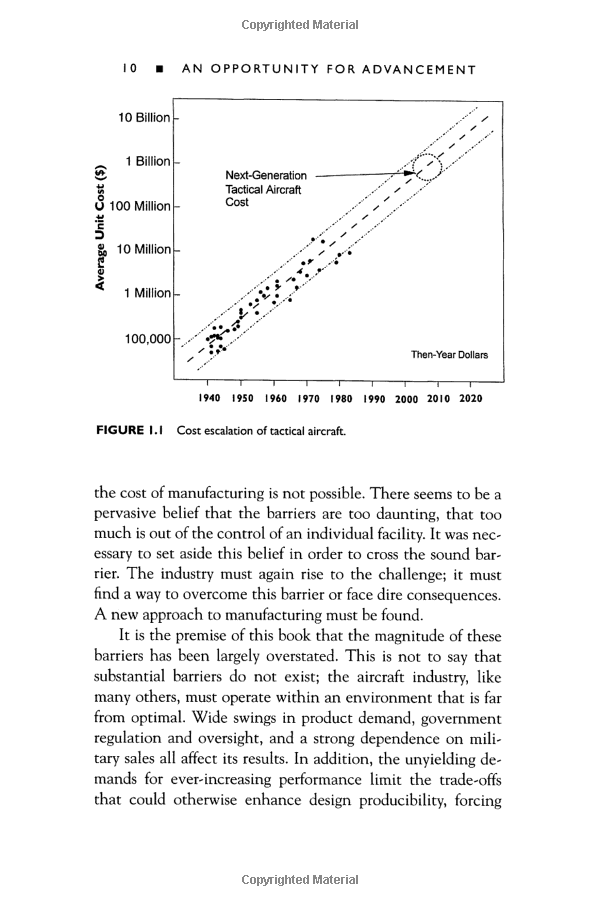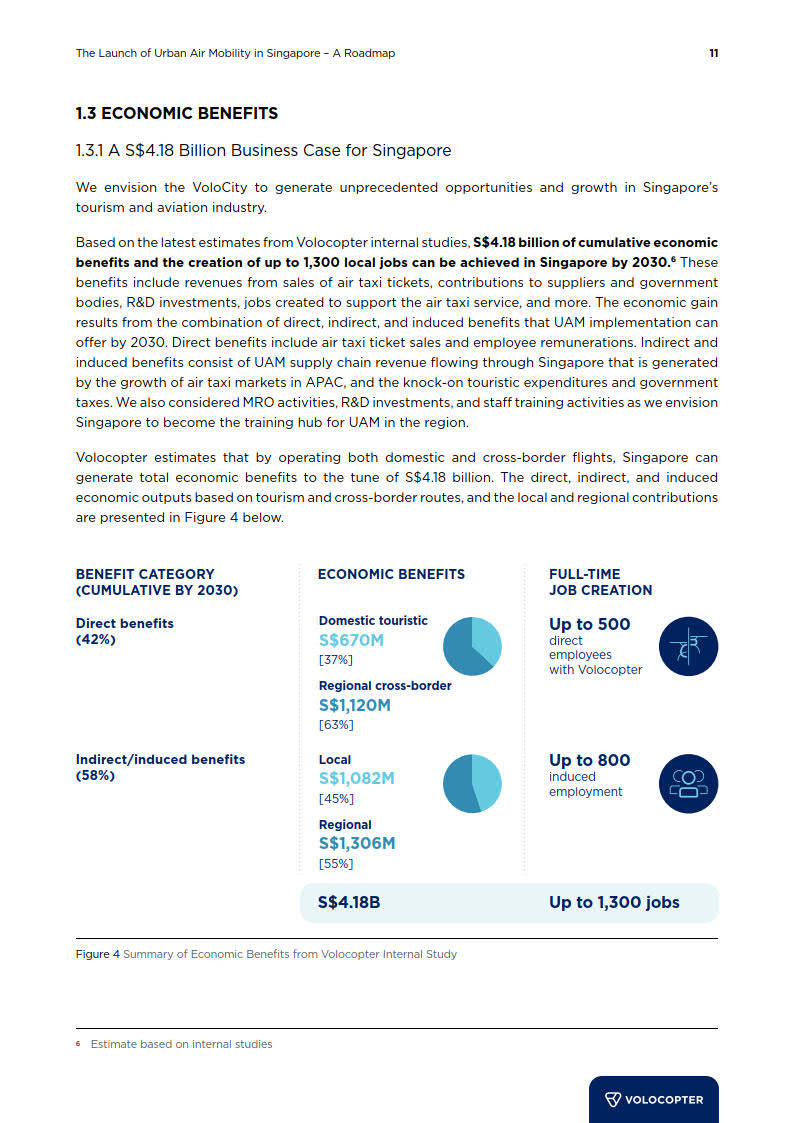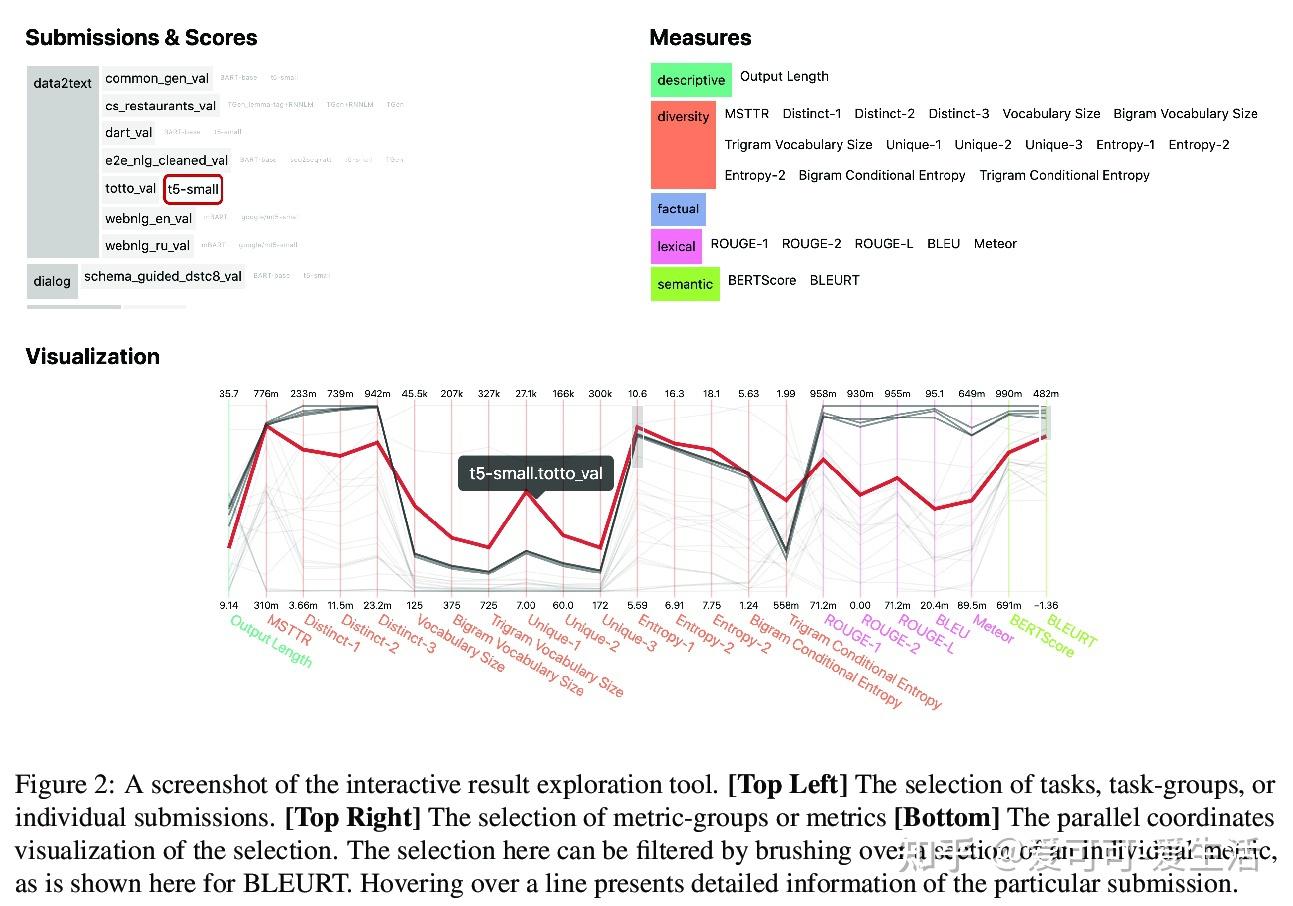# Understanding Amortizing Loan Origination Fees: A Comprehensive Guide for Borrowers
## What are Amortizing Loan Origination Fees?Amortizing loan origination fees refer to the costs associated with processing a loan that are spread out over……
## What are Amortizing Loan Origination Fees?
Amortizing loan origination fees refer to the costs associated with processing a loan that are spread out over the life of the loan. These fees are typically charged by lenders to cover the administrative costs of underwriting and processing a loan application. Instead of paying these fees upfront, borrowers can choose to amortize them, meaning they will be included in the monthly loan payments over the duration of the loan.
## Why are Amortizing Loan Origination Fees Important?
Understanding amortizing loan origination fees is crucial for borrowers as it can significantly impact their overall loan costs. By spreading these fees over the life of the loan, borrowers can manage their cash flow more effectively. However, it is essential to consider the long-term implications, as amortizing these fees can lead to higher overall interest payments.
## How Amortizing Loan Origination Fees Work
When a borrower takes out a loan, the lender may charge a loan origination fee, which can range from 0.5% to 1% of the total loan amount. Instead of paying this fee upfront, the borrower can opt to amortize it. This means the fee will be added to the principal amount of the loan and paid off over time through monthly payments.

For example, if a borrower takes out a $200,000 mortgage with a 1% origination fee, the fee would be $2,000. If the borrower chooses to amortize this fee over a 30-year term, their monthly payment would increase slightly to cover the fee. Although this option can ease the immediate financial burden, it is essential to evaluate the total cost of the loan over its lifetime.
## Pros and Cons of Amortizing Loan Origination Fees
### Pros:
1. **Cash Flow Management**: Amortizing fees allows borrowers to keep more cash on hand for other expenses or investments.
2. **Easier Budgeting**: Including fees in monthly payments can simplify budgeting for borrowers, as they know exactly how much they need to pay each month.

### Cons:
1. **Higher Overall Costs**: Amortizing fees can lead to higher total interest payments over the life of the loan.
2. **Longer Break-Even Point**: Borrowers may take longer to break even on their investment if they choose to amortize the fees rather than pay them upfront.
## When to Consider Amortizing Loan Origination Fees
Borrowers should consider amortizing loan origination fees when they need to preserve cash flow for other immediate expenses or when they expect to stay in the home for a shorter duration. However, for those planning to stay in their home long-term, paying the fees upfront may be more cost-effective in the long run.

## Conclusion
In summary, amortizing loan origination fees can be a useful strategy for managing cash flow and simplifying monthly payments. However, borrowers must carefully weigh the pros and cons and consider their long-term financial goals. By understanding how these fees work and their implications on overall loan costs, borrowers can make informed decisions that best suit their financial situations. Always consult with a financial advisor or mortgage professional to explore the best options available for your specific circumstances.